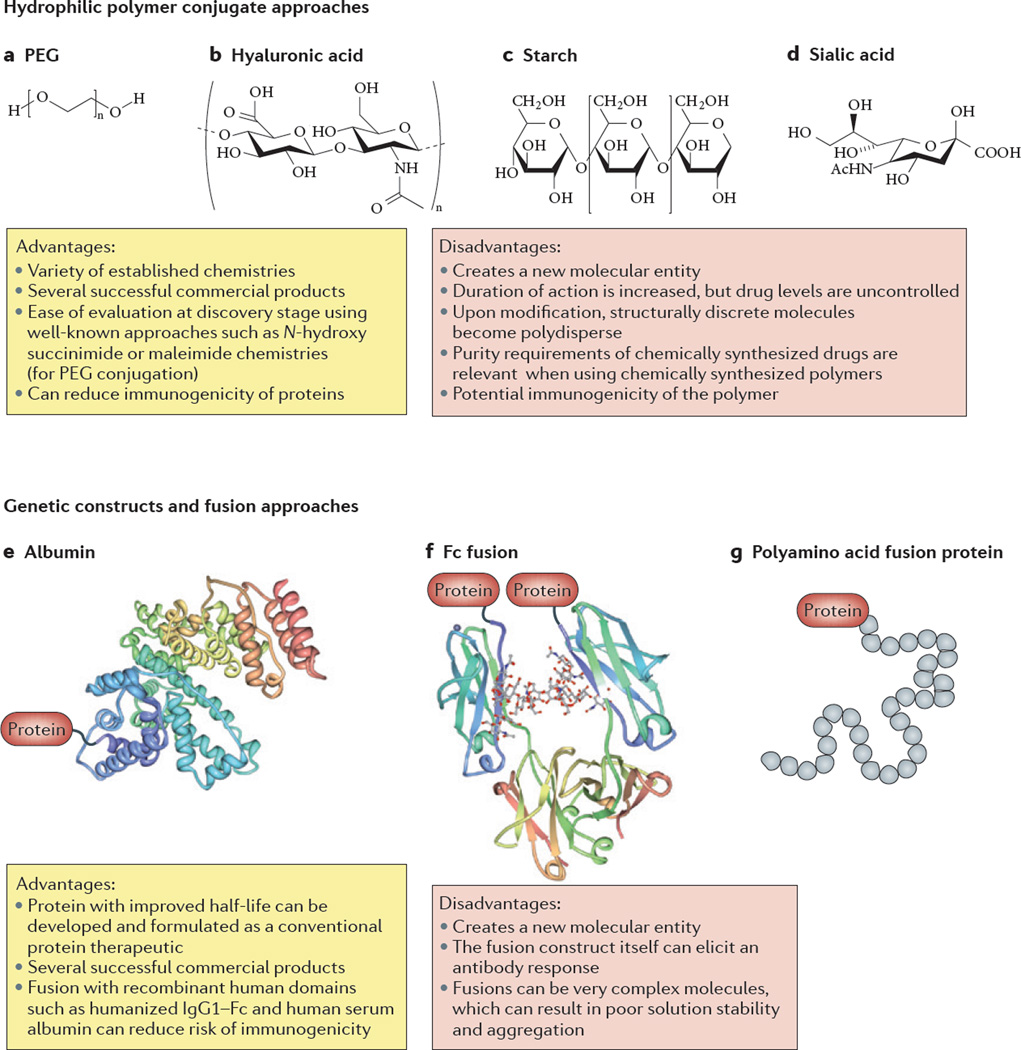Figure 3. Modes of biopharmaceutical modification.
Two general types of protein modification are used to extend half-life; conjugation with hydrophilic polymers (parts a–d) and genetic constructs or fusion approaches (parts e–g). Conjugation approaches include protein modification with polymers such as polyethylene glycol (PEG) and hyaluronic acid. The advantages of the conjugation approach include: the availability of a variety of established chemistries; ease of evaluation at a discovery stage using well-known approaches such as N-hydroxy succinimide or maleimide chemistries; reduction of protein immunogenicity; and a proven history with multiple products. Their limitations include the creation of a new molecular entity, polydispersity and potential immunogenicity of polymers. Fusions offer the advantage of being developed and formulated as conventional protein therapeutics, avoiding additional downstream processing such as encapsulation and associated costs. In addition, there is a proven history of several products based on this approach. Their limitations include the creation of a new molecular entity and the associated safety issues and testing, the possibility of generating an immune response to the modified protein and potential formulation challenges owing to the increased molecular complexity.

